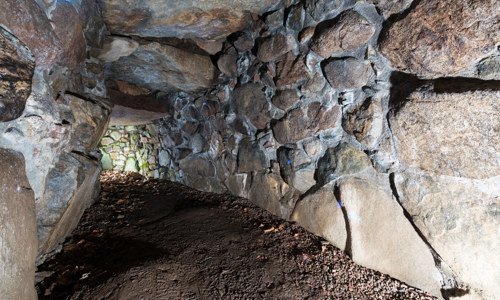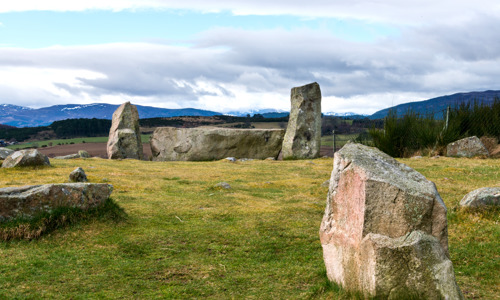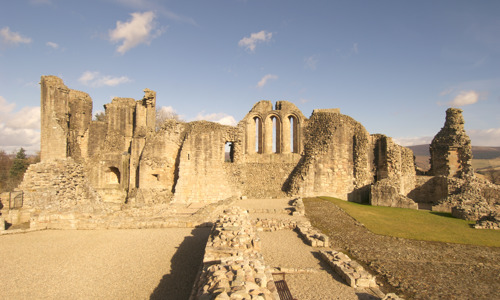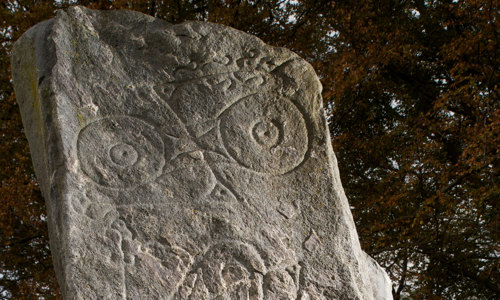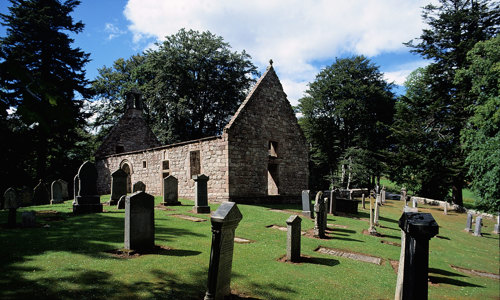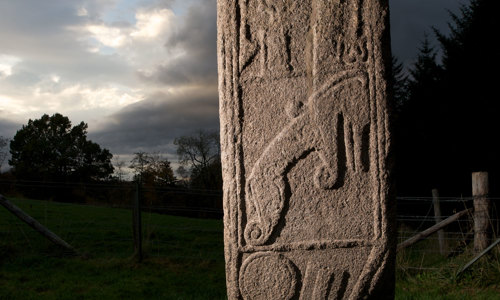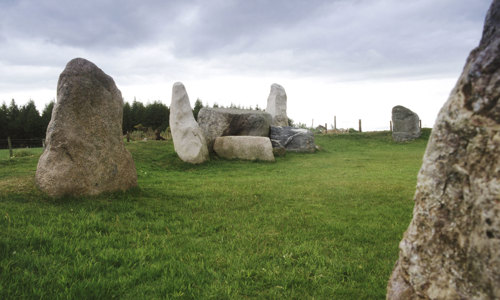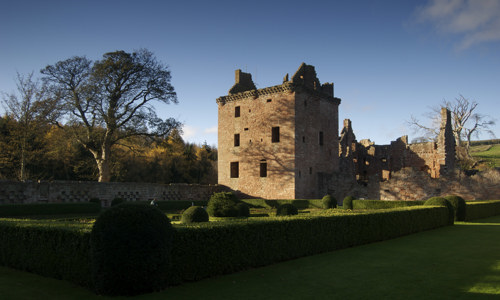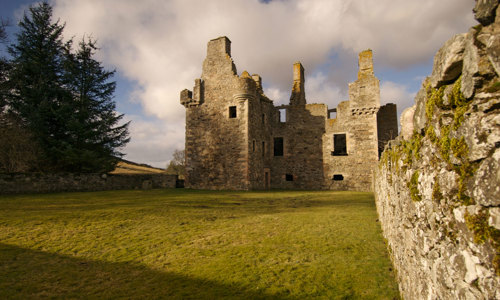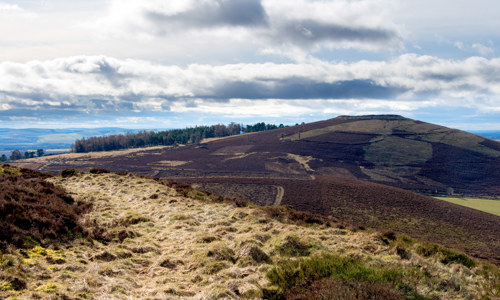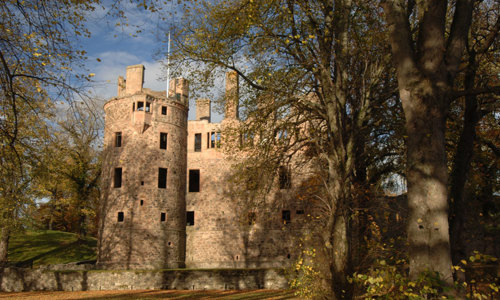History
In about 1228, the de Lundin family from Angus became lords of a substantial estate between the rivers Dee and Don. They were the doorwards at the royal court, explaining their surname of Durward.
At Lumphanan an earthwork castle was built by the Durwards. It was enclosed by a palisade and set on a natural, though modified, mound. Its function is unclear, but it may have been used as a hunting seat.
The Durwards’ chief seat was at Coull, 9.6km to the west. The ruins of that once fine stone castle are in private ownership.
War and peace
The castle’s history is obscure, but it did figure briefly during the Wars of Independence with England in 1296.
Here, on 21 July, Edward I of England made a detour during his advance north to Moray to receive the submission of Sir John de Melville, lord of Raith, in Fife.
The Durwards’ Coull Castle was destroyed during the same wars. The Peel Ring of Lumphanan seems to have been abandoned shortly afterwards.
The mound was reoccupied in the 1480s when Thomas Charteris, of Kinfauns in Perthshire, built a two-storey residence on the summit. Known as Ha’ton House, it was demolished in the 1780s. It survives as foundations today.
The Macbeth connection
The Peel Ring of Lumphanan was taken into state care in 1957, the 900th anniversary of the death of Macbeth in 1057. At the time, the Peel Ring was believed to have been the seat of Macbeth, but excavations later revealed it was built some 200 years after his death.
The area does remain associated with Macbeth, however. Sites with a link to that ancient king include:
- Macbeth’s Well, near the parish church at Burnside, where Macbeth supposedly quenched his thirst before the final, fatal skirmish
- Macbeth’s Stone, 300m to the south-west, where his head was severed from his body
- Macbeth’s Cairn, on Perk Hill, north of Lumphanan village, where his corpse was buried


